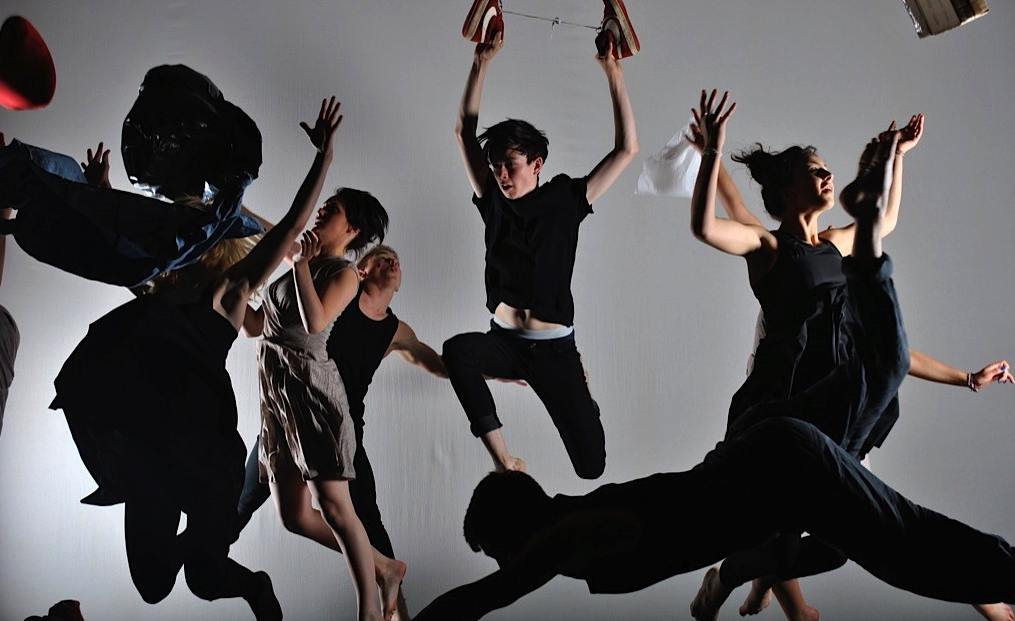Aloha! The following is a post from all of us on the 4dancers.org Dance Wellness Panel…it’s something we have been wanting to bring you for some time. It represents the combined thoughts of all of us, on the current plethora of dance medicine information available online for dancers.
For those who may be new to 4dancers.org-our Dance Wellness Panel is a group of internationally recognized experts in the field of dance medicine and science (DM&S) / aka Dance Wellness,
who consult with and write articles for our site. If you don’t already know who they are, here’s the list:
 Gigi Berardi, Phd
Gigi Berardi, Phd- Jim Garrick, MD
- Robin Kish, MS, MFA
- Moira McCormack, MS, PT
- Janice Plastino, Phd
- Emma Redding, PhD
- Erin Sanchez, MS
- Selina Shah, MD, FACP
- Nancy Wozny
- Matt Wyon, Phd
We had recently been discussing our shared concern over the many websites and blogs online that are “dance medicine” oriented. These are sites that are offering information / services (often charging money) in the dance medicine / dance wellness area / sports medicine or fitness areas.
Some of these are good sites, with valid science and credentials backing them – but others are questionable.
In our discussions, the Panel came up with some key points for online readers to consider when looking at a particular site and trying to determine if what they are presenting (and often charging for) is valid and worthwhile.
 We are sharing 4 key points with you to help you evaluate websites in this regard. Please consider them carefully, and pass them on to others:
We are sharing 4 key points with you to help you evaluate websites in this regard. Please consider them carefully, and pass them on to others:
1) Is the author a dancer / former dancer / or at the very least, have they spent years learning about the art, even if not a dancer themselves? Ditto for a sports-oriented site.
2) Do they provide a clear bio of their qualifications / degrees (such as MD, PhD, MS, MSc, PT, or ATC in a related field) / experience / and qualifications in the field?
3) Do they provide clear references and sources for their information, indicating that they are current with the latest dance medicine and science or sports medicine research, and are not claiming to be the sole expert on the topic being discussed?
4) If a program or something else is being sold on the site, is it supported with external resources and credentials?
For example, if someone is promoting a strength-training program for dancers, do they have credentials in that field, such as a Pilates certification or an ASCM program (American College of Sports Medicine)?
And again – ditto for a sports-oriented site.
Please pass on these thoughts, to all your dance (or sports!) colleagues, whether they are dancers / teachers / students / or choreographers.
There is sooo much out there online. It’s good to be informed, but don’t automatically take in everything you read as fact. Filter the information through key factors such as the ones mentioned above, and then use the site (or not!) accordingly.
Please pass this post on — it’s so important!
Mahalo Nui (many thanks)
Jan

Editor Jan Dunn is a dance medicine specialist currently based on the island of Kauai, Hawaii, where she is owner of Pilates Plus Kauai Wellness Center and co-founder of Kauai Dance Medicine. She is also a Pilates rehabilitation specialist and Franklin Educator. A lifelong dancer / choreographer, she spent many years as university dance faculty, most recently as Adjunct Faculty, University of Colorado Dept. of Theatre and Dance. Her 28 year background in dance medicine includes 23 years with the International Association of Dance Medicine and Science (IADMS) – as Board member / President / Executive Director – founding Denver Dance Medicine Associates, and establishing two university Dance Wellness Programs
Jan served as organizer and Co-Chair, International Dance Medicine Conference, Taiwan 2004, and was founding chair of the National Dance Association’s (USA) Committee on Dance Science and Medicine, 1989-1993. She originated The Dance Medicine/Science Resource Guide; and was co-founder of the Journal of Dance Medicine & Science. She has taught dance medicine, Pilates, and Franklin workshops for medical / dance and academic institutions in the USA / Europe / Middle East / and Asia, authored numerous articles in the field, and presented at many national and international conferences.
Save









 If it’s one thing dancers are always thinking about it’s their feet, and with the many hours spent in class and rehearsal, it can help to have a little something that freshens them up a bit.
If it’s one thing dancers are always thinking about it’s their feet, and with the many hours spent in class and rehearsal, it can help to have a little something that freshens them up a bit.